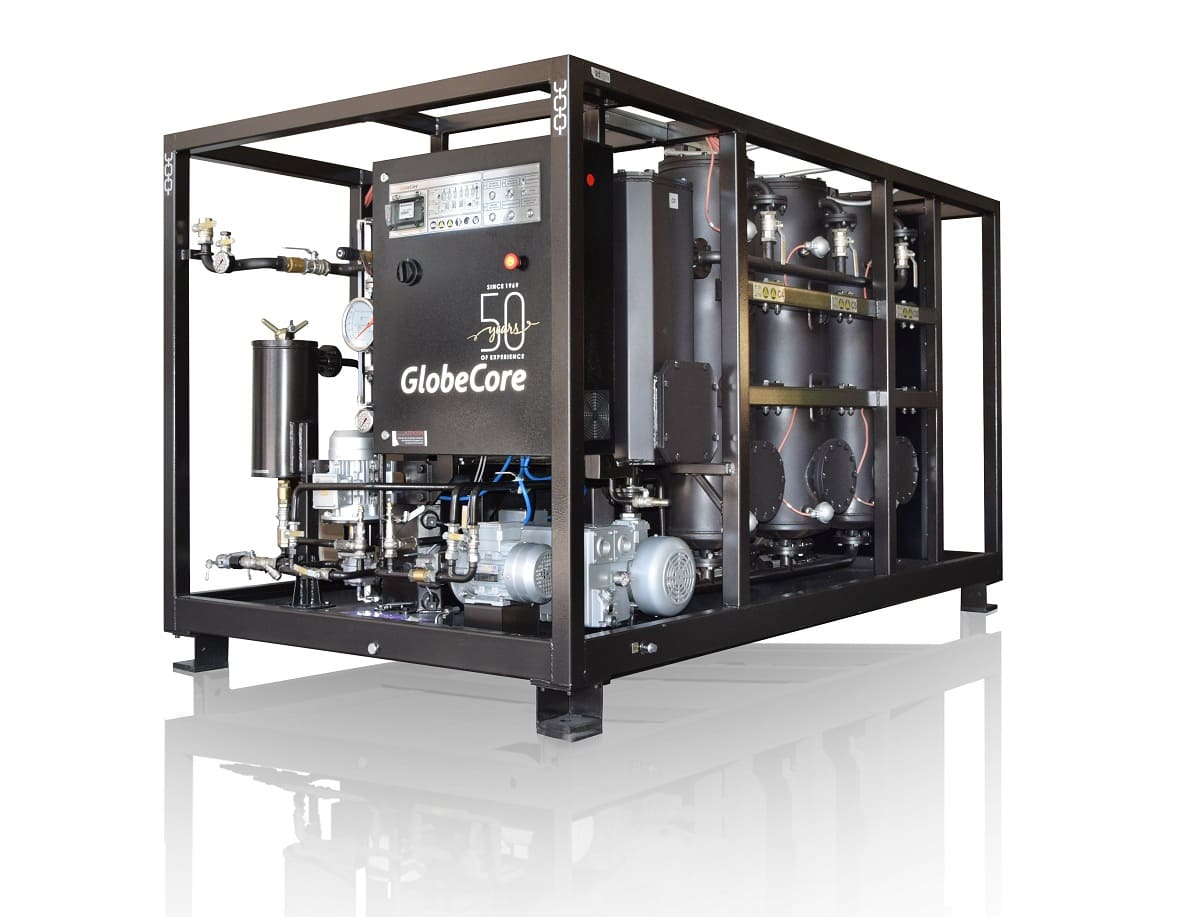How is PCB found in transformer oil analyzed?
- 该话题包含 1个回复,2 人参与,最后由 更新于 1年、 3月前 。
Answers
-
九月 10, 2024 10:10 上午 by Nancy Harris
PCB in transformer oil analysis is conducted through a series of well-defined steps involving extraction and quantification methods. The process typically begins with sampling transformer oil suspected of PCB contamination, followed by solvent extraction to isolate the PCB compounds from the oil matrix. Once extracted, gas chromatography (GC) or high-performance liquid chromatography (HPLC) techniques are employed to separate and identify the individual PCB congeners present in the sample. Detection is often enhanced using mass spectrometry (MS) to provide precise quantification of PCB levels. Additionally, adhering to regulatory standards and guidelines during the analysis ensures the reliability of the results, crucial for assessing the environmental and health risks associated with PCB presence in transformer oil. Regular PCB in transformer oil analysis is essential for effective maintenance and compliance with safety regulations, ultimately prolonging transformer lifespan and optimizing performance.



